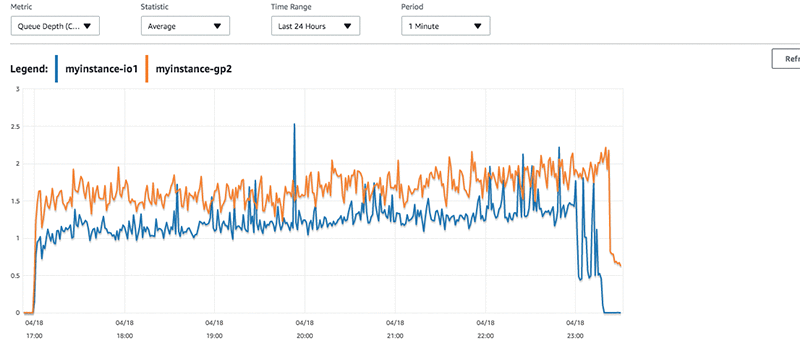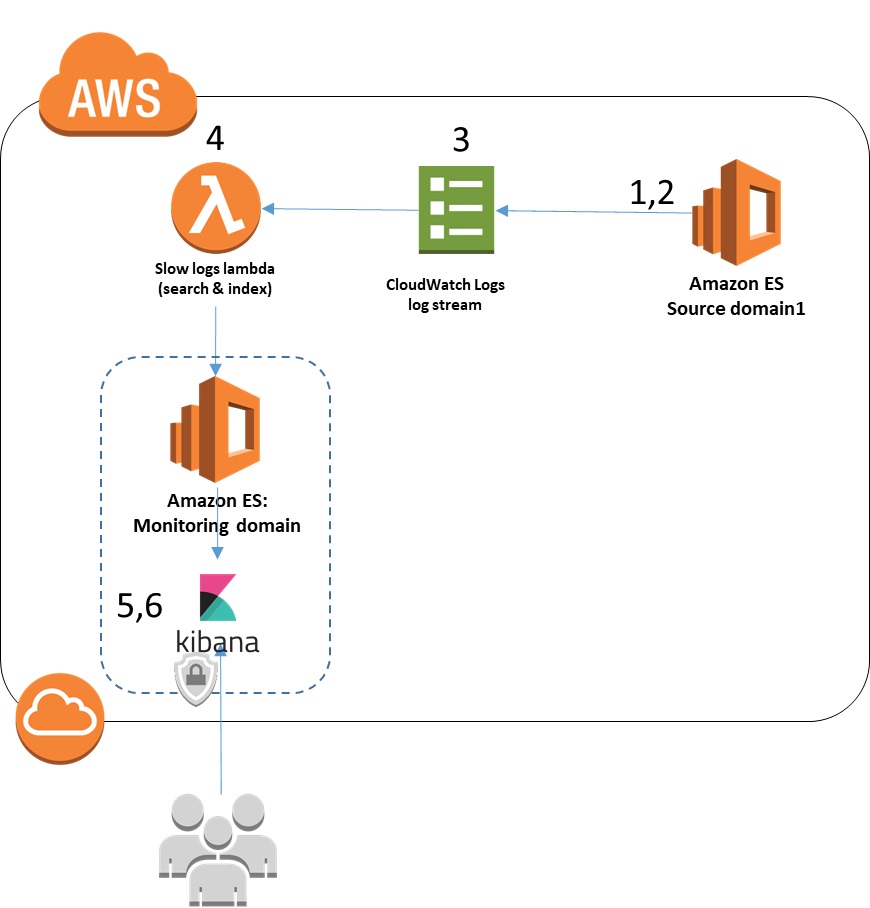AWS Database Blog
Tag: Amazon CloudWatch
Monitoring metrics and setting up alarms on your Amazon DocumentDB (with MongoDB compatibility) clusters
Amazon DocumentDB (with MongoDB compatibility) is a fast, scalable, highly available, and fully managed document database service that supports MongoDB workloads. You can use the same MongoDB 4.0 or 5.0 application code, drivers, and tools to run, manage, and scale workloads on Amazon DocumentDB without having to worry about managing the underlying infrastructure. As a […]
Amazon DocumentDB (with MongoDB compatibility) read autoscaling
Amazon Document DB (with MongoDB compatibility) is a fast, scalable, highly available, and fully managed document database service that supports MongoDB workloads. Its architecture supports up to 15 read replicas, so applications that connect as a replica set can use driver read preference settings to direct reads to replicas for horizontal read scaling. Moreover, as […]
Creating an Amazon CloudWatch dashboard to monitor Amazon RDS and Amazon Aurora MySQL
July 2023: This post was reviewed for accuracy. Amazon Relational Database Service (Amazon RDS) makes it easy to set up, operate, and scale a relational database in the cloud. A highly performant database is key to delivering latency SLAs, so monitoring is critical. Amazon CloudWatch is a monitoring and observability service built for DevOps engineers, […]
Setting up Amazon CloudWatch alarms for AWS DMS resources using the AWS CLI
For very large migrations, AWS Database Migration Service (AWS DMS) replication can run for hours or days depending on the data being replicated. It’s advisable to monitor the AWS DMS resources for a smooth migration. Monitoring your resources can help you detect anomalies and trigger notifications based on the threshold metrics configured. You can use […]
Automating database migration monitoring with AWS DMS
AWS Database Migration Service (AWS DMS) is a cloud service that makes it easy to migrate relational databases, data warehouses, NoSQL databases, and other types of data stores. During data migration with AWS DMS, it’s important to monitor the status of the ongoing replication tasks, which you can do on the task’s control table and with Amazon CloudWatch.
Scheduling and running Amazon RDS jobs with AWS Batch and Amazon CloudWatch rules
Database administrators and developers traditionally schedule scripts to run against databases using the system cron on the host where the database is running. As a managed database service, Amazon Relational Database Service (RDS) does not provide access to the underlying infrastructure, so if you migrate such workloads from on premises, you must move these jobs. […]
Tracking activity in Amazon Managed Blockchain with Amazon CloudWatch Logs
AWS recently launched a new integration between Amazon Managed Blockchain and Amazon CloudWatch. You can now benefit from detailed logs showing important activity in your blockchain networks, including activity in your member certificate authority (CA), Hyperledger Fabric peer nodes, and chaincode. This post shows how to use these new features to track blockchain activity in […]
How to use CloudWatch metrics to decide between General Purpose or Provisioned IOPS for your RDS database
July 2023: This post was reviewed for accuracy. In this blog post, I talk about how you can use Amazon CloudWatch metrics to understand when you might benefit from provisioned IOPS, also known as IO1 volumes, for highest performance mission-critical database workloads. I start by setting up a test case that simulates a nonbursting consistent […]
Set alarms on Performance Insights metrics using Amazon CloudWatch
Amazon RDS Performance Insights recently released a feature that sends key performance metrics from Performance Insights to Amazon CloudWatch. Using this feature, you can set alerts on these metrics. When Performance Insights is enabled, it automatically sends the following three metrics to CloudWatch: DBLoad DBLoadCPU DBLoadNonCPU I describe these three metrics following. DBLoad The first […]
Analyzing Amazon Elasticsearch Service Slow Logs Using Amazon CloudWatch Logs Streaming and Kibana
September 8, 2021: Amazon Elasticsearch Service has been renamed to Amazon OpenSearch Service. See details. Some of our customers have asked for guidance on analyzing Amazon Elasticsearch Service (Amazon ES) slow logs efficiently. Here is what one of these customers said: “We want to identify, understand, and troubleshoot any slow-running queries in our Amazon Elasticsearch […]









